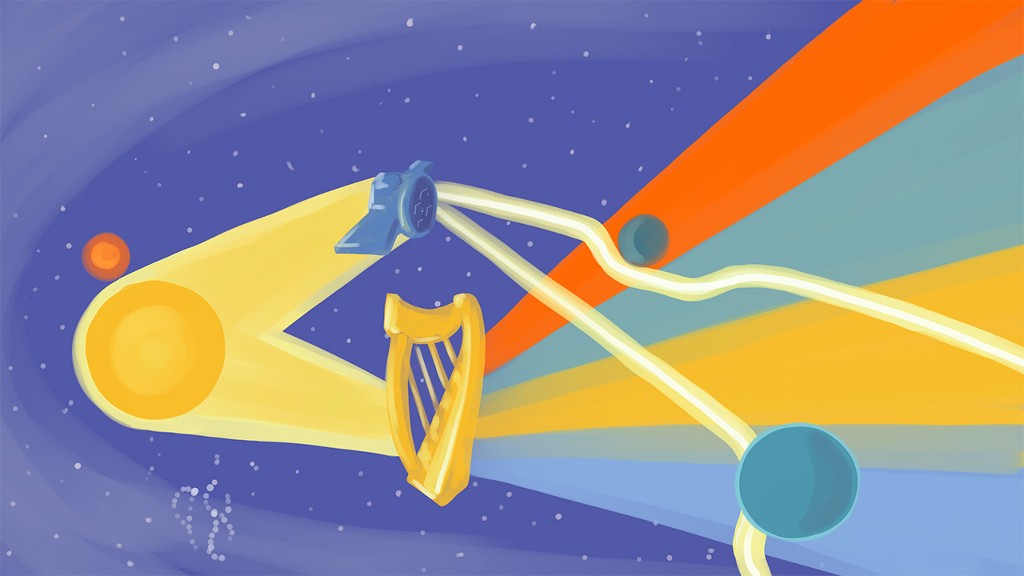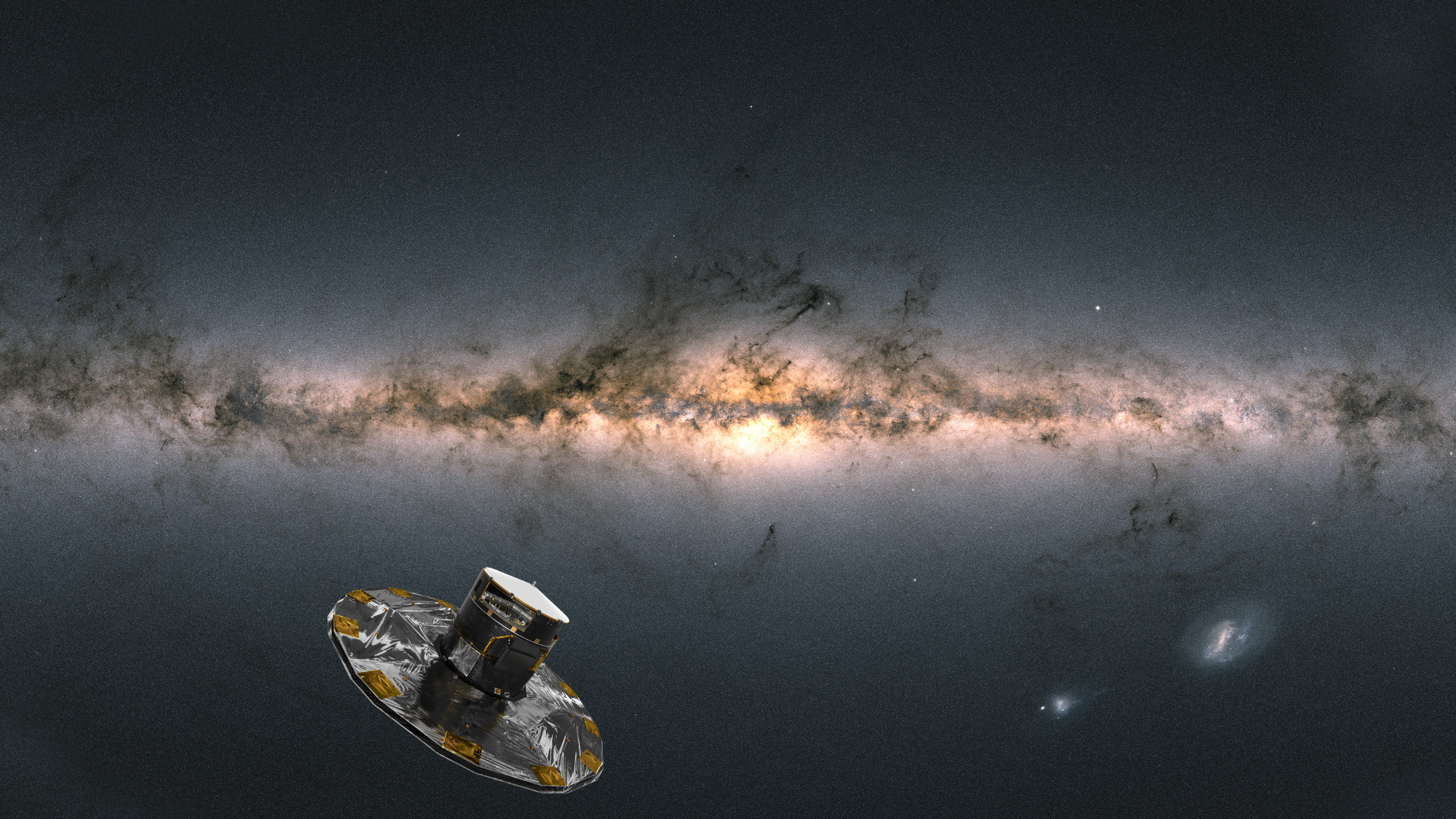Now Reading: Discovery of Two Exoplanets Sparks Fresh Debate on Our Solar System
-
01
Discovery of Two Exoplanets Sparks Fresh Debate on Our Solar System
Discovery of Two Exoplanets Sparks Fresh Debate on Our Solar System

Quick Summary
- Two new exoplanets, TOI-1453 b (super-Earth) and TOI-1453 c (sub-Neptune), have been discovered orbiting a star called TOI-1453 in the Draco constellation, 250 light-years from Earth.
- TOI-1453 is part of a binary stellar system with two stars orbiting each other. The system displays gravitational complexities tied to its binary nature.
- Detection was achieved using NASA’s Transiting exoplanet Survey Satellite (TESS) and HARPS-N spectrograph techniques like the transit and Doppler methods.
- TOI-1453 b is rocky, slightly larger than Earth, extremely hot due to proximity to its host star, completing an orbit in just 4.3 days.
- TOI-1453 c is significantly less dense than typical sub-Neptune planets, suggesting a hydrogen-rich atmosphere or water composition – ideal for atmospheric studies with instruments like james Webb Space Telescope (JWST).
- Observations reveal near 3:2 orbital resonance between the planets; interactions with gas or neighboring objects might have reshaped their orbits over time.
Indian Opinion Analysis
The finding of these exoplanets presents exciting advancements in planetary science that could deepen understanding of solar system formation dynamics – crucial as our solar system lacks super-Earths or sub-Neptunes altogether.The contrasting attributes of these exoplanets highlight diverse evolutionary paths influenced by host stars’ temperatures and compositions or gravitational interactions in complex systems like binaries.
For India’s space research ambitions under agencies such as ISRO’s upcoming space telescopes and initiatives targeting astrobiology research, findings like those related to hydrogen-rich atmospheres on distant worlds may inspire missions exploring similar phenomena within our solar neighborhood. international collaborations may be essential as cutting-edge technologies like JWST provide insights into uncharted atmospheres perhaps guiding future Indian-designed detectors targeting habitable zone explorations here or beyond.

























